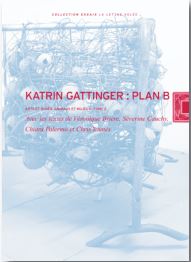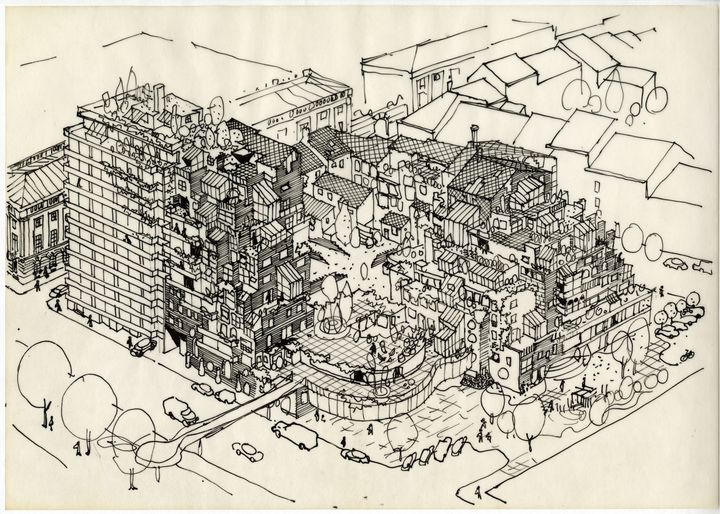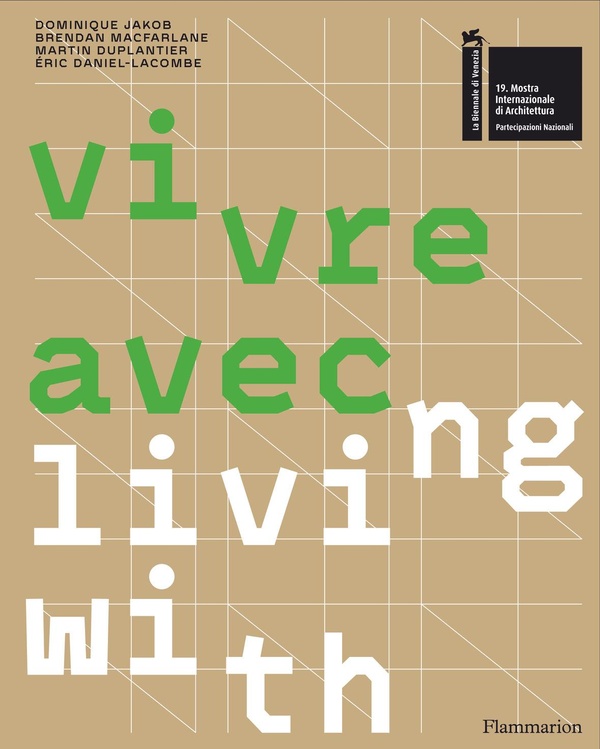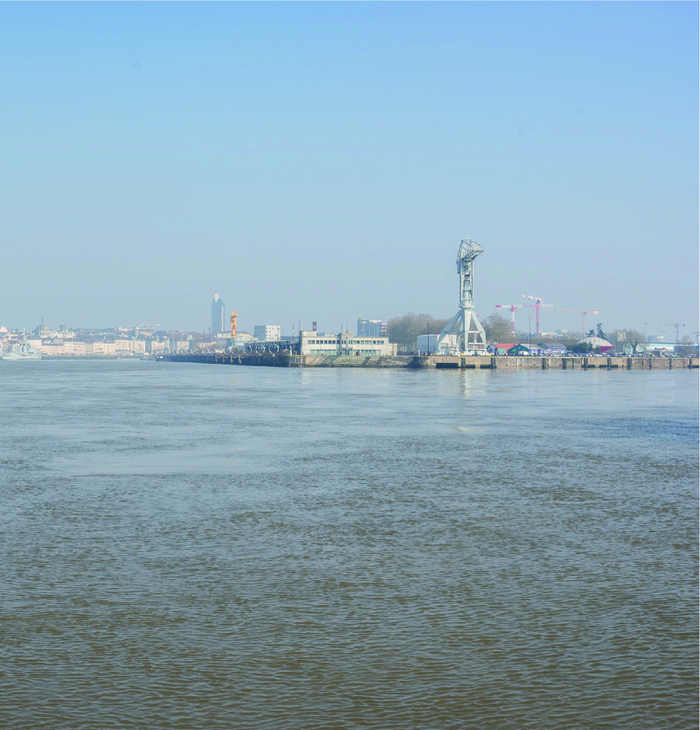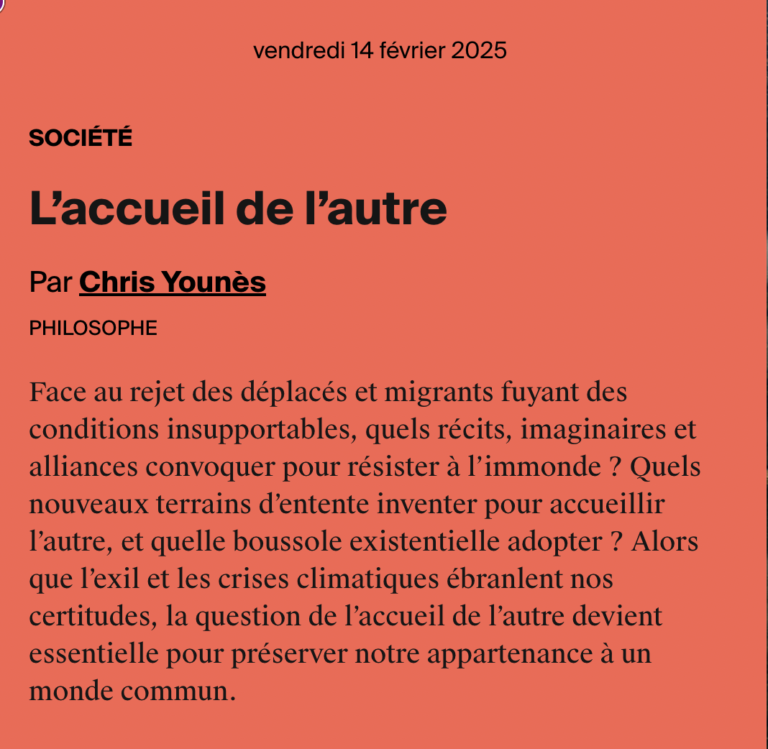As an apparently irrevocable trait of our times, not as current anymore, we havebeen witnessing the intensification, through interdiction, of a selectiveinteriorization of collective life. On the one hand, their majority – and here wemight include condominium developments, resorts, museums, malls, and evensophisticated soccer stadiums – are a simulacrum of the public space, translatedinto immunized islands, with perks and pamperings. On the other hand, we havethe so-called Occupations – legal or illegal dwellings – all over the world,stimulating the blossoming of new complex, inside/outside, public/privaterelations, in the process of interiorizing the common, shared, communal life.Paradoxically, we see the intensification and spread of movements of resistanceof vulnerable populations that are legally, economically, and socially at-risk, thattakes the form of an action of restitution to the public sphere, what was once“privatized,” as vital territories for survival and existence. Refuge dwellings aredisseminated, profaned in their own constitutive logic, counter-communitiescommunities, built and consolidated by the intrusion, by the almost unconditionalpresence of the other, thus becoming fertile land for a fruitful experience ofinteriorization of the public, collective, common life. An idea of interiority thatarises in a situation formed in most cases through confrontation, intrusion, andreception, establishing and replicating itself, therefore, from logics adverse to theidea of community, a place with no place, in the public-private duality of theurban territory. An interiority that seems to have a more diastolic than systolicpulse, at a rate of something foreign to its own constitutive idea, a place of thenon-negative separation, which strengthens relationships. Separation being theprecondition for contact with the other, the outsider, a chance of alterity inidentity. A current issue in contemporary times, the thematization of alterity,necessarily involves the recognition of the differences, and of what is deemed not proper to the entity. Let us think of a possible method of constructing othernessbased on something which, at the limit, could be understood as an oblique pathfor building urban interiority and interiorized sociability. Oblique because it doesnot deny its condition, introversion, but denies what is denied in the idea of interiority, its exteriority, the completely other of its ontological dimension. Adeviant method, non-conclusive or nor aiming at closure or synthesis, but an open method, of neither-nor, neither this, nor that, but in the in-between, theundecidability [Jacques Derrida’s central concept], between one and the other
< Retour
Vírus Journal [revue du IAU-USP]
Revue
20
2020
Filtrer

Par catégorie
Par année
Par auteur·rice
Sélectionner dans la liste
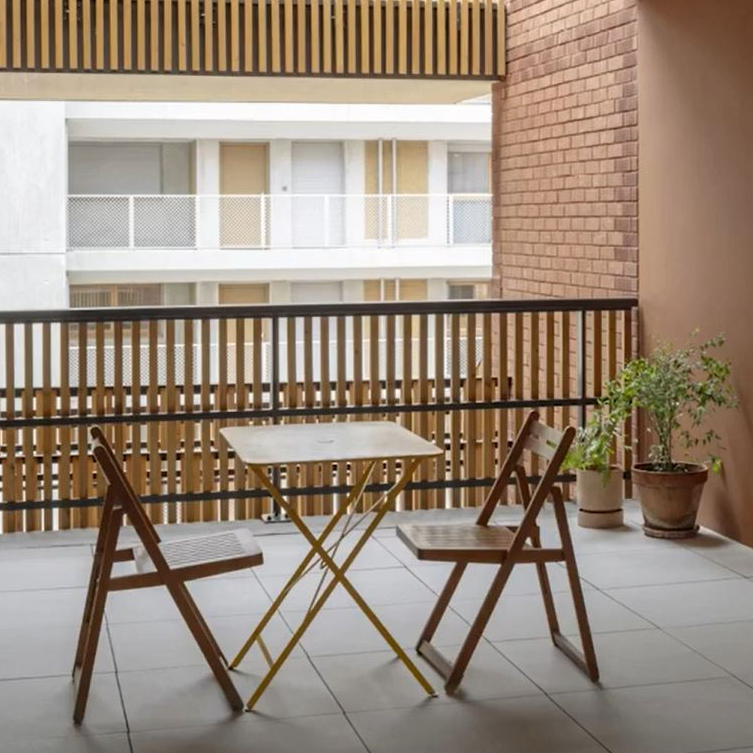
La distribution collective comme support d’une identité de l’habitat urbain fondé sur le commun
Bastien Viguier
coord. Valérie Lebois, Emmanuel Marx, Mireille Diestchy, Pierre Servain
coord. Valérie Lebois, Emmanuel Marx, Mireille Diestchy, Pierre Servain

Métamorphoses des représentations et des manières de faire monde avec les animaux
Chris Younès
dir. Sandrine Israël-Jost et Katrin Gattinger
dir. Sandrine Israël-Jost et Katrin Gattinger




